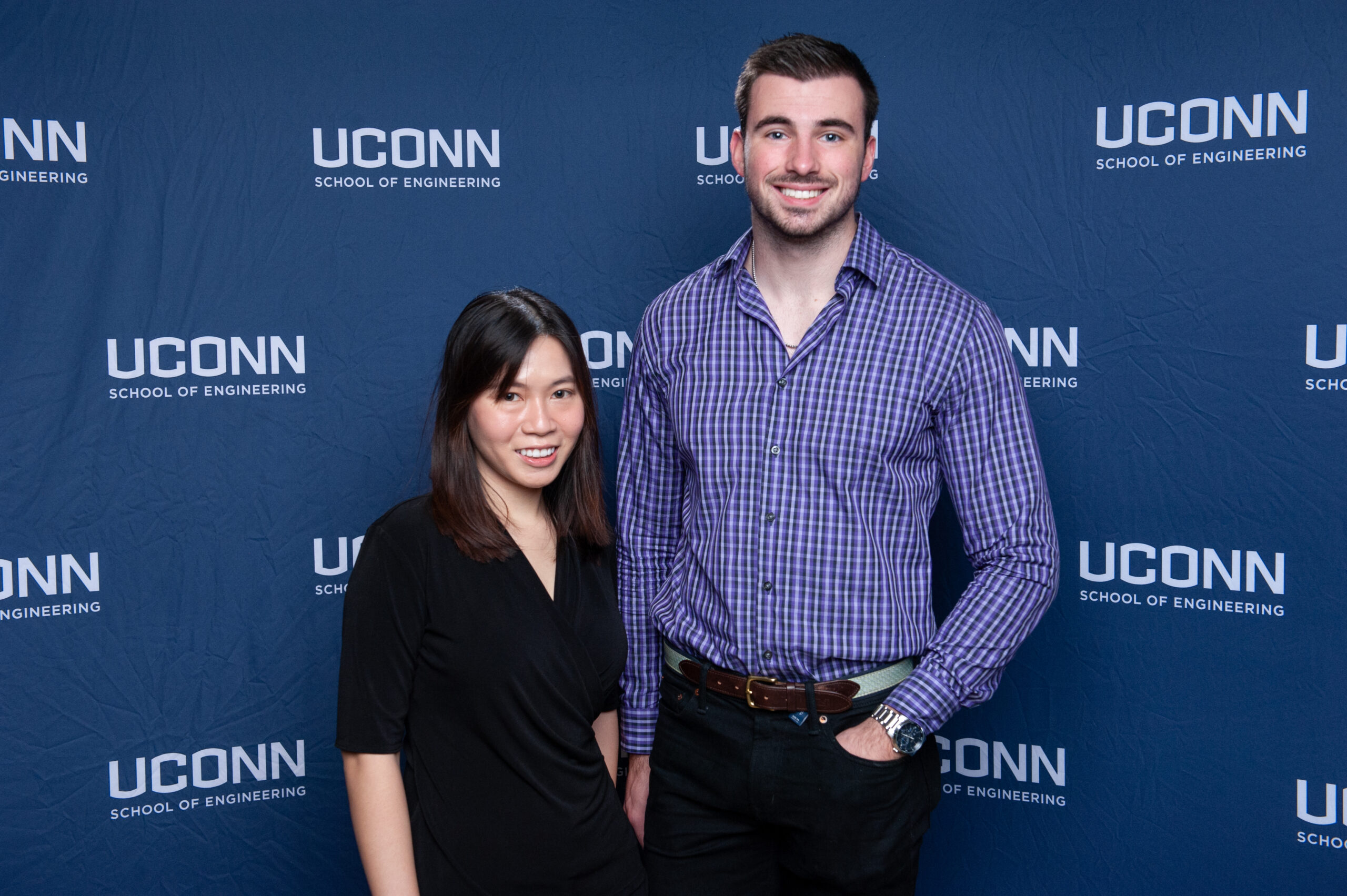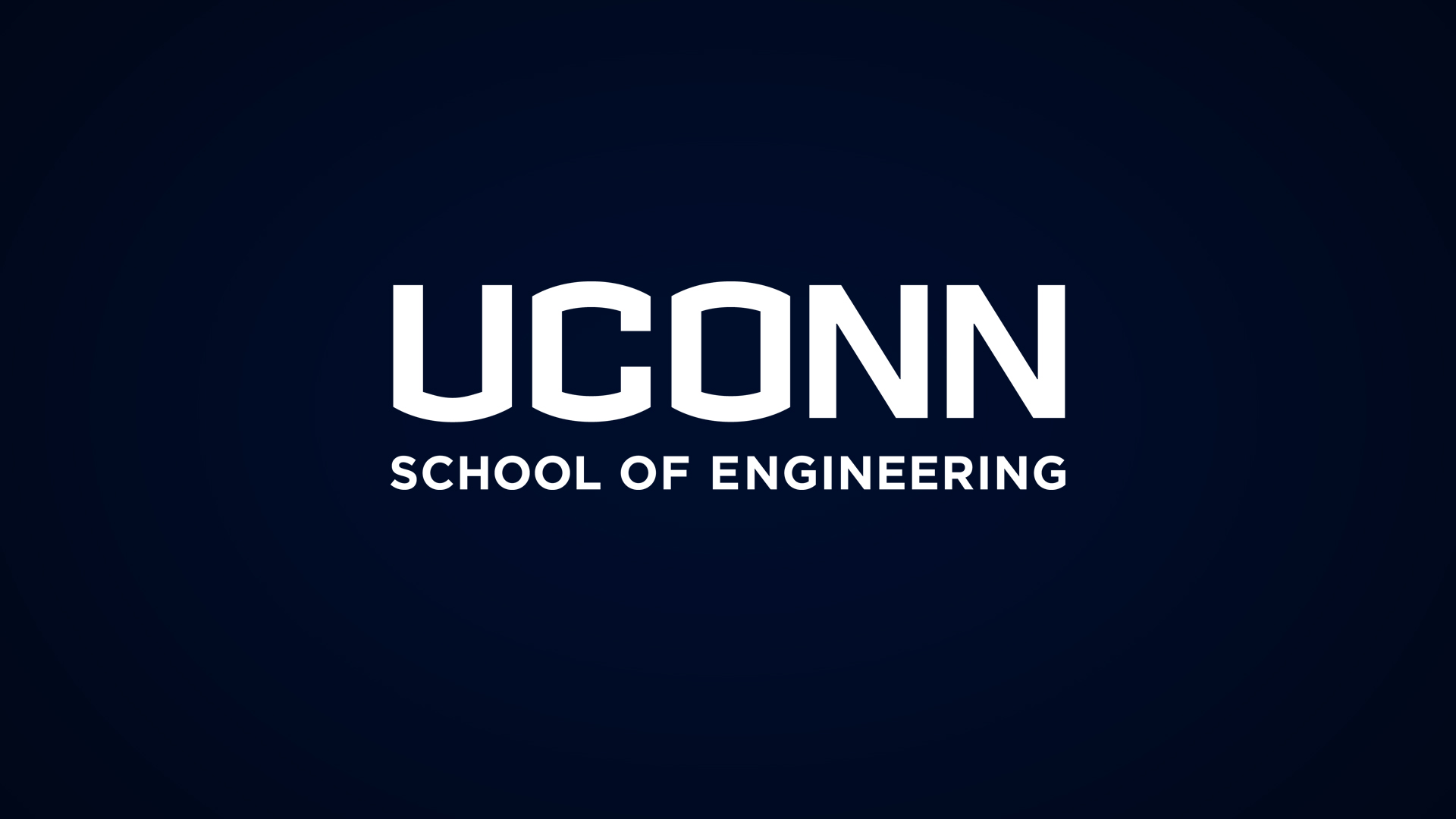

This video contains proprietary information and cannot be shared publicly at this time.
Team 73
Team Members |
Faculty Advisor |
Miles Martin |
Jason Lee Sponsor Collins Aerospace |
sponsored by

Silver Paint Application on Heat Exchangers
Collins Aerospace, a Raytheon Technologies subsidiary, is one of the world's largest providers of aerospace and defense products with more than 30 locations across the country. Their unique industry knowledge and decades of experience enable them to specialize their aerospace systems and services for commercial aircraft. Currently, Collins uses a manual coating process for their heat exchangers from Boeing 787 Dreamliner. The water-silicone based paint (also called silver paint) is pumped out of nozzle through fins to protect plates and fins against corrosion and high temperatures. An operator transfers the heat exchanger to a blowdown rig to remove all excess paint by compressed air, then paint bubbles formed on underside are brushed off. This method is reliant to the operator experience, and time-consuming for transferring exchanger between phases with unidentified outcomes of interior coating. Collins is looking for an automated painting process that is capable of decreasing overall time by at least 40%, reducing operator interaction, increasing consistency and reliability of exchangers. The benefit of this project will not only be insured a better rust preventative and heat conducting coating, but it will greatly aid the shop operators in ergonomics. To accomplish this goal, our team conducted extensive research to determine the best coating method that not only ensured improvement in the painting process, but repeatability as well. From this research, we developed the process using automation to coat the inner fin structure of the heat exchanger. Thus far, two methods were selected and analyzed through the construction of test rigs and experiments to perform three major variable alterations as pressure, angle, and pass speed. These parameters would be used to optimize the automation process while minimizing the operating time as well as the operator interaction.
